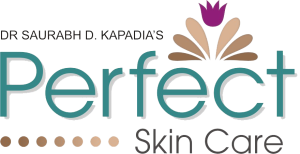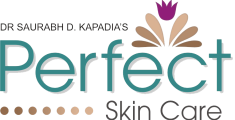
CHEMICAL PEELING
A chemical peel, also known as chemexfoliation or dermapeeling, uses a chemical solution to improve the appearance of your skin. In this treatment, a chemical solution is applied to your skin, which causes trauma or injury to your skin’s layers. The skin layers eventually peel off revealing more youthful skin. The new skin is usually smoother with fewer lines and wrinkles, has a more even color and is brighter in complexion.


